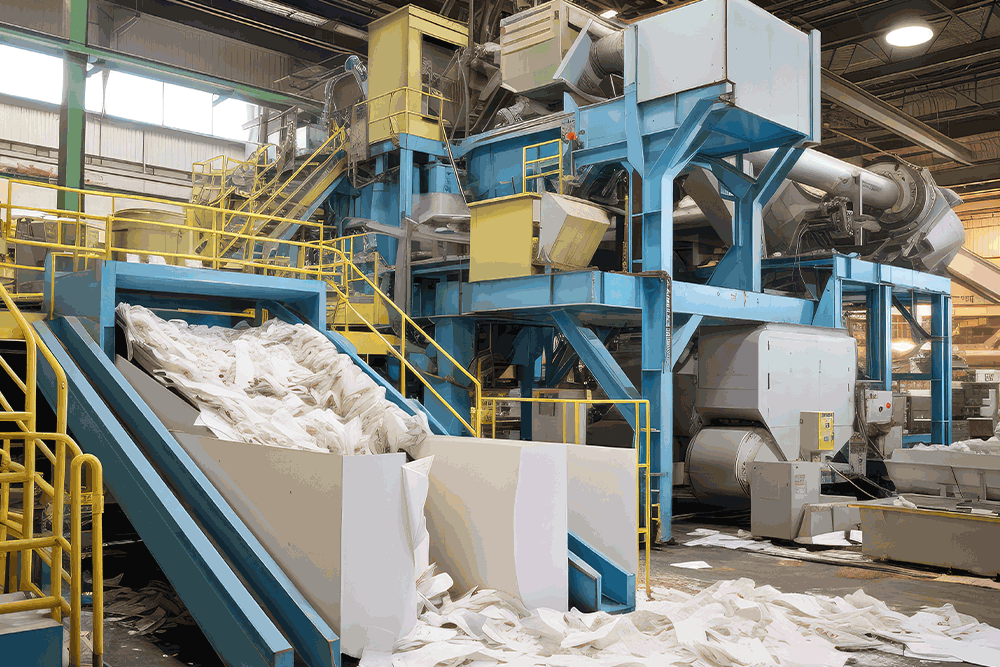
Role of HVOF Coating in Oil and Gas
High-Velocity Oxy-Fuel (HVOF) coatings play an important role in the oil and gas industry. Equipment in this sector operates under extreme conditions, such as high pressure, heat, and exposure to corrosive substances. HVOF coatings protect components from wear and corrosion, improving safety, reliability, and efficiency.
What is HVOF Coating?
HVOF stands for High-Velocity Oxy-Fuel. It is a thermal spray process that applies protective coatings. The process uses a mixture of fuel and oxygen to heat coating materials, such as metal or ceramic powders. The heated particles are propelled onto the component surface at high speed, creating a dense and durable coating.
HVOF coatings provide high hardness, low porosity, and excellent resistance to wear and corrosion. These properties make them ideal for critical equipment used in harsh environments.
Why HVOF Coatings Are Important for Oil and Gas
Oil and gas operations involve extreme mechanical and chemical stress. Equipment failure can lead to costly downtime, safety risks, and reduced productivity. HVOF coatings help prevent these problems by offering the following benefits:
- Wear Resistance: Drilling and extraction equipment experience high friction. HVOF coatings reduce wear and extend component life.
- Corrosion Protection: Exposure to saltwater, chemicals, and crude oil causes corrosion. HVOF coatings act as a barrier, preventing damage from these elements.
- Thermal Stability: Equipment in refineries and processing plants faces high temperatures. HVOF coatings maintain their integrity under heat, ensuring reliable performance.
- Reduced Maintenance Costs: By protecting equipment from wear and corrosion, HVOF coatings reduce the need for frequent repairs and replacements.
Applications of HVOF Coatings in Oil and Gas
HVOF coatings are applied to a wide range of components in the oil and gas industry. Key applications include:
Drill Bits and Tools
- Drill bits and tools face intense friction and impact during drilling operations.
- HVOF coatings protect these tools from wear and erosion, improving drilling efficiency.
Pump Components
- Pumps are used to move fluids such as oil, gas, and water.
- HVOF coatings protect pump impellers, casings, and shafts from wear and chemical corrosion.
Valves and Seals
- Valves control the flow of fluids in pipelines and processing systems.
- HVOF coatings improve the wear resistance of valve seats and seals, reducing leakage and failures.
Pipelines
- Pipelines transport crude oil, natural gas, and other materials over long distances.
- HVOF coatings protect pipeline interiors and exteriors from corrosion and abrasion.
Heat Exchangers
- Heat exchangers are used to transfer heat between fluids in refineries and processing plants.
- HVOF coatings provide thermal stability and protect against fouling and corrosion.
Materials Used in HVOF Coatings
The choice of coating material depends on the application and environmental conditions. Common materials include:
- Tungsten Carbide: Offers excellent wear resistance. It is used for drill bits, pump components, and valves.
- Chromium Carbide: Provides both wear and corrosion resistance. It is suitable for high-temperature applications.
- Nickel-Based Alloys: Provide moderate wear and corrosion protection. These alloys are used on heat exchangers and pipelines.
- Ceramics: Ideal for extreme heat resistance. Ceramics are used in processing plants and other high-temperature environments.
Comparison with Other Coating Methods
HVOF coatings are often compared to other thermal spray methods, such as plasma spray and flame spray. Here is how HVOF differs:
- Higher Density: HVOF coatings have fewer pores, which reduces corrosion and wear.
- Stronger Adhesion: The high velocity of the particles ensures a tight bond to the surface.
- Lower Oxidation: The HVOF process minimizes oxidation, preserving the coating material's properties.
While other methods may offer advantages in certain situations, HVOF is often preferred for applications requiring high wear resistance and durability.
Maintenance and Inspection of HVOF Coatings
Regular maintenance and inspection are necessary to ensure the long-term performance of HVOF-coated components. Technicians check for signs of wear, cracking, and delamination. Early detection of damage allows for timely repairs, preventing equipment failures.
Common inspection methods include:
- Visual Inspection: Identifies surface defects like cracks and peeling.
- Ultrasonic Testing: Detects internal flaws and delamination.
- Adhesion Testing: Measures the coating's bond strength.
Future Trends in HVOF Coatings
Research is driving advancements in HVOF technology. Emerging trends include:
- Advanced Materials: New materials are being developed to improve wear and thermal resistance.
- Automation: Automated HVOF systems enhance coating consistency and reduce human error.
- Sustainability: Efforts to reduce emissions and waste during the coating process are increasing.
Conclusion
HVOF coatings provide essential protection for oil and gas equipment. By enhancing wear resistance, corrosion protection, and thermal stability, these coatings improve safety, efficiency, and component lifespan. As technology evolves, HVOF coatings will continue to play a vital role in the oil and gas industry.


